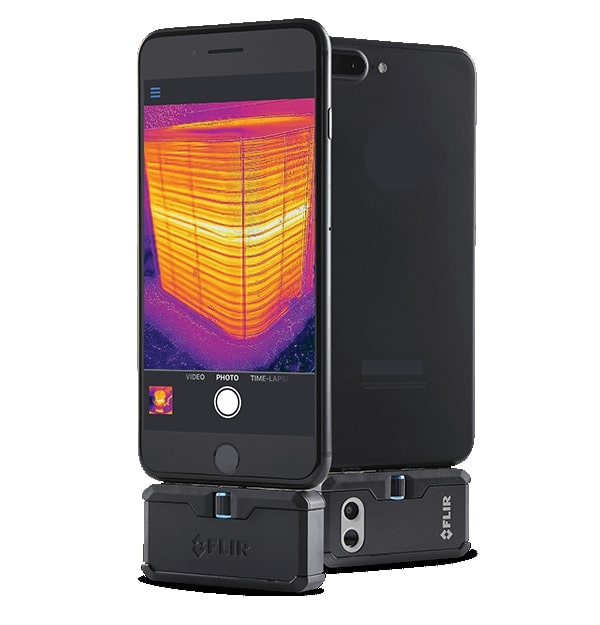Work Package 4
Clinical trials
Clinical trials for DF ulcer prevention and treatment.
Previous work of our group: A cross sectoralional clinical study has been conducted in 2013 with the objective to demonstrate the efficiency of hyperthermia detection with our technology [VIL-14] [VIL-15]. It included a population of type II diabetes before a possible ulceration occurs. It was conducted under the supervision of the PUCP University and in collaboration with the Hospital National Dos de Mayo (HNDM), Lima, Peru. HNDM has authorized the completion of this study. The Ethics committee "Office support for teaching and research" OADI and the clinical responsible Dr. Hugo Arbañil have approved the 15th of February 2012 an agreement named: "Determination of the predictive diagnosis capacity for late injures of diabetic foot using periodic reviews of thermography". An acquisition protocol to ensure a high reproducibility of the results was proposed. Type II diabetic patients who came from outside the hospital for a regular exam in the diabetes service of the HNDM were first taken in charge by experimented nurses. Information about their age, gender, the time of diagnosis, and their body mass index were collected. They were given information about the project and signed an informed written consent. Following this, a medical doctor of HNDM conducted a clinical exam. A specific thermal image acquisition protocol was applied. The acquisition was performed by an experimented person of PUCP. This cross-sectoralional clinical study was conducted on a population of 85 persons of type II DF. 9 images out of the 85 show hyperthermia.
The team at Staffordshire University has considerable experience inof developing, designing and overseeing the clinical assessment of insoles through national funded projects and in the DiaBSmart EU project.
Building on this strong experience, 3 clinical trials will be conducted.
STANDUP project activities: The following clinical trials will be conducted:
- Assessment of DF status using A1.
- Development of monitoring tools to describe and diagnose ulcer evolution in hospitals from one visit to another visit using A2.
- Assessment of the efficiency of new insoles for DF ulcers healing using A2, Cold stress test for an easy and efficient tool for the prevention of DF ulcer.
Thermal variations during a cold stress test will be conducted and studied using A1 in a large scale clinical trial in HNDM. 3 groups (control, ischemia and neuropathy) of age matched volunteers will be analysed. 40 patients for each group will be recruited (a total of 120). The cold stress test will be conducted to estimate thermoregulation quality of the plantar foot surface by analyzinganalysing temperature variations in targeted regions using A1. It will be associated to ischemia and neuropathy assessed using reference methods: Doppler ultrasounds and electromyography, respectively. Based on the obtained results, we will propose a new method to evaluate ischemia and neuropathy in DF only from the thermal analysis of A1, thus a new efficient tool to help in the prevention of DF ulcer.

Acquisition system.
Analysis of ulcer evolution in DF
Temperature, color, 3D shape in DF ulcers will be studied in a clinical trial in HNDM and in the Orleans hospital with a total number of 50 patients (25 in each center). Diabetic foot ulcer patient will be monitored over time using the application A2 in order to obtain a better analysis of ulcers evolution during treatment and to finally propose a better strategy of DF ulcer healing for patients in hospitals or at home.
Assessment through clinical trial of insole for the healing of DF ulcers
Diabetic patients that can walk unaided with active plantar ulcer will be recruited. We have previously conducted a systematic review within our group [HEA-14] in which we looked at the effectiveness of insoles in facilitating diabetic foot ulcer healing. In this review, the maximum total number of participants was 42 in the systematically reviewed studies. Based on this information, eighty (80) volunteers with active diabetic foot ulcer will be recruited into the study. These patients will be randomized into two even groups of forty (40) age matched volunteers using the method that was developed in the Biomechanics team at Staffordshire University [NAE-13]. Group A will be the intervention group that will be treated using the proposed system of screening and viscoturf insole. Group B will be treated with only the conventional insole (i.e. no viscoturf). All patients will be assessed using the thermography assessment and analyses using A2 every 2 weeks until the complete healing of ulcer. The inclusion criteria for this study will be diabetic (type-2) neuropathic (VPT higher than 25 V). The exclusion criteria will be history of foot surgery or fracture or severe deformity (e.g. Charcot foot). All data that will be recorded will be anonymized, following the ethical approval of the study that will be conducted in Hospital National Dos de Mayo (HNDM) in Peru. The 80 pairs of insoles needed for the clinical trial will be produced byin Podoactiva.
A great part of medical trials in the HNDM and related statistical analysis will be done by a PhD student that who will start his thesis in December 2017 in the PUCP University. He will be directed by experienced researchers of PUCP. He will be funded by the Peruvian government and will benefit from the EU funding for mobility.
Back